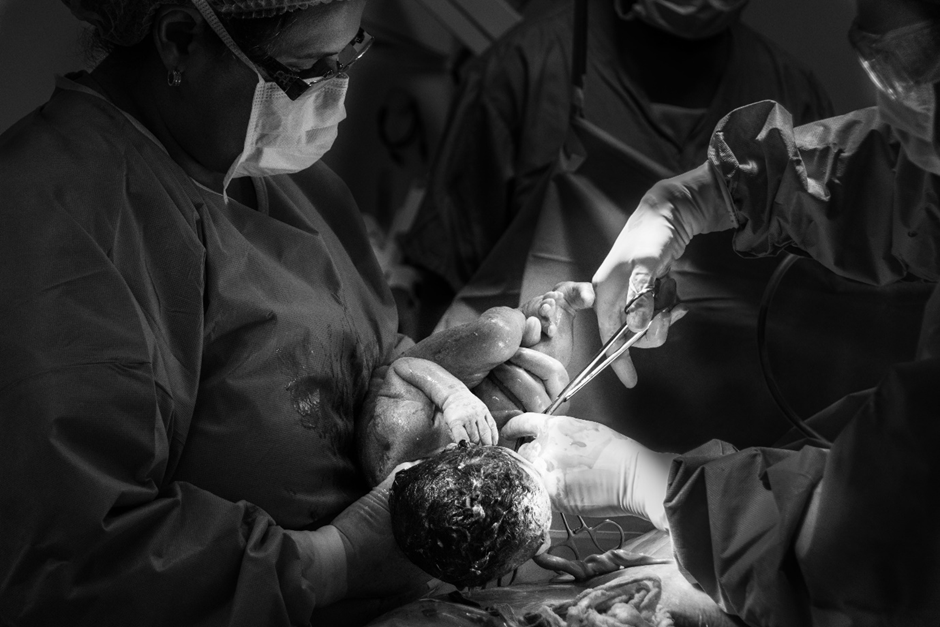
Childbirth is a natural process, with most deliveries going smoothly. But it is associated with the risks of maternal and neonatal severe trauma. The reality of reasonably foreseeable and preventable injuries that could lead to severe impairment or loss calls for a critical reassessment of maternity care. The primary goal is to achieve better training, clearer communication, and more careful application of interventions to protect both the mother and child. This blog explores the ways in which these changes are transforming the future of obstetric care.
A range of injuries may be sustained in childbirth, some of which are preventable with appropriate monitoring and skilled intervention. For the baby, these can include brachial plexus injuries from shoulder dystocia, fractures of bones during a difficult passage, or oxygen deprivation leading to more serious neurological conditions. Injuries to the mother may include more than natural tearing: severe perineal trauma, pelvic organ prolapse, and significant hemorrhage. Many such outcomes are not the result of negligence but of the complex nature of delivery. However, a subset occurs when warning signs are missed or standard care protocols are not followed.
The effects of such injuries may be severe and long-term. A baby can either need significant physical therapy or have a long-term physical disability. Mothers can be left with chronic pain, incontinence, and psychological trauma that can seriously hinder their ability to bond with their newborn. These results demonstrate that a focus on safety should be employed in the delivery room. This is where the quick thinking and competence of all the people present at birth are crucial in stopping lifelong problems.
Assistive devices, such as vacuum extractors and forceps, can be medically necessary at times when the health of the mother or baby is at risk, in order to expedite delivery. With proper application by a professional practitioner, these instruments may prove crucial in preventing a cesarean section or a dangerous labor arrest.
However, instrument use requires extensive experience and a thorough understanding of the clinical situation. The user will need to weigh the potential advantages of a quick delivery against the likely complications associated with a procedure of this nature.
The consequences of using an instrument without proper indication can be catastrophic. The possible forceps delivery complications are cranial trauma, injuries to the facial nerve, and intracranial bleeding in the baby. It also includes severe tearing and injuries to the anal sphincter in the mother.
These examples highlight the need for specialized care. The push for safer protocols highlights the importance of clear, rational medical justification and the need for highly skilled personnel. Only necessary interventions provided by qualified professionals should be done.
Many preventable birth injuries aren’t the result of a single error. They are often the result of systemic failures in a healthcare facility. These include chronic understaffing and the resulting inadequate monitoring, the failure to routinely apply evidence-based checklists, and a siloed culture in which junior personnel are socialized to avoid speaking up about concerns. Inadequate communication across shifts or members of the care team can result in the loss of vital data about a woman’s active labor and delays in critical decision-making.
There is also a pervasive and critical failure to communicate with the laboring person. A healthcare provider may discuss a procedure with a patient and assume the patient can give informed consent. However, the patient may not be aware of the risks, benefits, and alternatives associated with the proposed procedure.
Encouraging involvement of patients in the decision-making process of their care is one of the pillars of modern safety practices in maternity care. This alignment of care with the patients’ values and preferences helps provide equal care and avoid potentially unnecessary care procedures.
The movement towards safer childbirth has concentrated efforts on the adoption of standardized safety bundles. These are detailed sets of practices based on evidence that can be used together in the treatment of a specific obstetric emergency. The bundles detail actionable steps to take for situations like postpartum hemorrhage and shoulder dystocia. These tools minimize care variability by developing an integrated response and guarantee that each team member is aware of their role during a crisis, which can greatly enhance outcomes.
There's also a growing focus on multidisciplinary training and realistic practice. Team members manage infrequent but high-risk emergencies in a realistic environment. This builds coordination and muscle memory necessary for real-life events. Teaching proactively and learning from every event helps reduce preventable harm. The aim is to design maternity care that stops issues before they start.
Advocacy for maternity care encourages positive transformation. The focus is now on preventing problems before they happen rather than waiting for things to go wrong. That means using proven safety checklists, training teams to act quickly and effectively, and ensuring patients are heard and informed. We can stop avoidable injuries and make childbirth safer for everyone when hospitals, providers, and families work together.